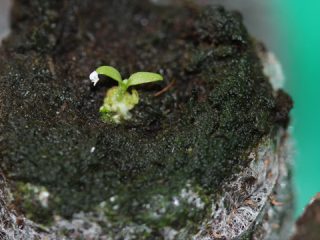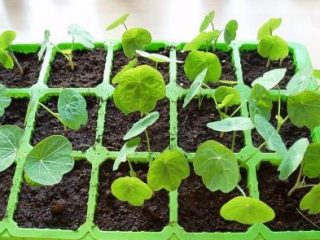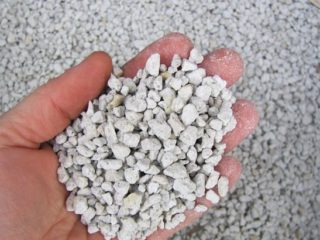Content
Gladioli do not bloom - a phrase that can sometimes be heard from gardeners who grow this ornamental plant. Despite the fact that the culture is considered unpretentious and undemanding to care, sometimes problems occur with it. This could be due to several factors.
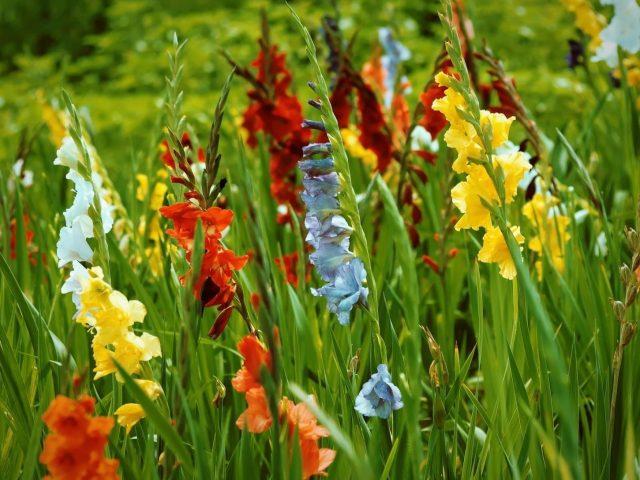
There are a huge number of varieties of gladioli; currently there are about five thousand of them.
Why don't gladioli bloom?
Gladiolus is a bulbous plant, the beautiful flowering of which can be observed at different times. Depending on the varietal characteristics of the flower, buds on it can form either two or four months after planting. But sometimes, due to mistakes by gardeners or other reasons, gladioli do not bloom and throw away only their leaves. Most often this happens due to poor-quality planting material, inappropriate location or conditions, bad weather, improper transplantation or disease.
Poor quality bulbs
The first thing a gardener should know about when planting a crop is the quality of the bulbs. You should purchase them from a trusted store and take only those that are adapted to the climatic conditions of the growing area. It is also important to take into account that certain varieties of crops, after the first flowering, rest for several years, do not bloom and gain strength. It is also recommended to pay special attention to the quality of the heads; most often, if they are weak or old, they are unlikely to bloom.

Dutch varieties of gladiolus are not suitable for growing in Russia
Wrong place
Gladioli prefer to grow in sunny flower beds, so when planting the bulbs in the shade, they either produce small and lifeless inflorescences or do not bloom at all.
When choosing a place for a plant, preference should be given to open areas, preferably where there is no draft or wind. The ground should be well-permeable to air. The occurrence of groundwater is preferably at a depth of at least one and a half meters.
One more thing: the gladiolus may not give the shooter if it is planted too close to the room. In addition, the flower should not grow in one place for more than two years.
Adverse weather conditions
Bad weather often causes gladioli to not bloom.This usually happens when the summer is rainy and cold; here the gardener cannot change anything and is unlikely to achieve a positive result. If the summer is dry and hot, then the soil moisture should be constantly monitored and, if necessary, irrigated daily.
Errors during landing
Sometimes the reason why gladioli do not bloom is due to an incorrect planting process. It happens that flower growers make a number of mistakes during this work, which include:
- Wrong choice of soil. The plant loves drained and breathable soil, with a sufficient amount of minerals and trace elements, an acidity index of at least 5.5 and no more than 6.5. You need to prepare it twice: the first time in the fall - dig it up, loosen it and fertilize it with nitrophoska, the second time in the spring - harrow it, clear it of weeds and debris, and feed it with urea. Gladioli do not bloom in poor, unprepared soil.
- The soil is too wet or cold. Bulbs should not be planted in damp soil (during the rainy season), or in poorly heated soil.
- Neglecting the preparation of planting material. Half a month before planting, the bulbs should be sorted out, the dry scales carefully removed from them and disinfected with garlic infusion, soaking them in it for a couple of hours.
- Incorrect landing. Gladioli do not bloom and lag behind in development if the bulbs are deeply buried. The bud and neck must remain on the soil surface during planting. It is also not recommended to place adult and young bulbs in the same flowerbed or to plant them too closely. The interval between plants should be 20 cm or more.
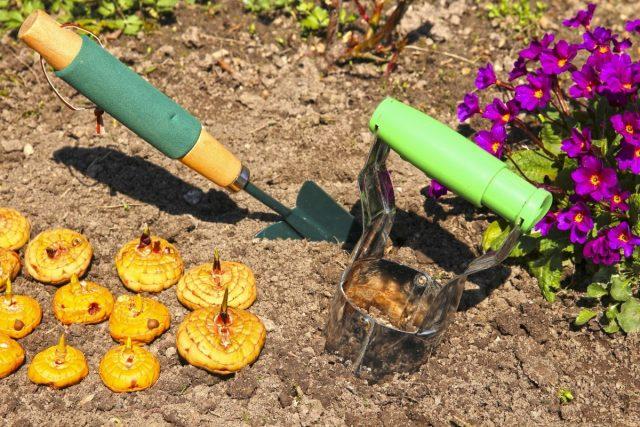
Gladioli are planted in soil that has warmed up to at least +10 °C
Improper care
Every plant needs good care and attention. And it happens that gladioli do not bloom due to lack of proper attention. Plants may not gain strength if:
- There are not enough nutrients in the soil. Gladioli need fertilizing both root and foliar. Typically, potassium and urea are used for this (in the phase of three and four leaves).
- The soil is poorly ventilated. The crop needs the soil to be well loosened after moistening. If the planting material was weak, the plants will not bloom without loosening.
- Incorrect trimming. When cutting off blooming peduncles, at least four leaves are left on them so that there is no outflow of nutrition. Otherwise, the bulbs will be weak, which is why the gladioli will not bloom either.
Also, while caring for the crop, it is advisable to mulch the soil, which will help retain moisture in the soil and protect the roots from hypothermia and overheating.
It is not good if young flowers release buds early. When gladioli bloom that have not reached one and a half meters in height, their development is inhibited, which is why they do not bloom next year. To prevent this, you will need to tear off all emerging buds and trim the flower stalks.
Diseases and pests
No plant, even the most resistant one, can be 100% immune from diseases and insect attacks, so it happens that gladioli do not bloom due to illness.To protect plants from this, gardeners try to disinfect all bulbs during planting, regularly replant the crop, and take good care of it. If a disease or traces of a pest are detected, measures are immediately taken to treat and eliminate them.
Thrips
Thrips is a pest that is a small beetle that feeds on the sap of gladioli. It provokes a change in the color of the buds, their yellowing and wilting. It is usually combated with the help of the broad-spectrum drug Agravertine.

Thrips most often appear in August.
Wireworm
Wireworm is a worm that lives in the soil and infects gladioli bulbs. It often causes plants to not bloom. If a pest attacks, there is no chance to save the crop.

Before planting new gladioli in an area infested with wireworms, the soil is treated with chemicals
Fusarium
Fusarium is considered one of the most dangerous diseases of gladioli, due to which they do not bloom, become deformed, lag in development and may even die. The disease is fungal in nature and usually occurs due to excess or lack of fertilizers, or high humidity. The fight against the disease is carried out with the help of Alirin-B.

Many gardeners advise destroying gladioli infected with fusarium.
What to do if gladioli do not bloom
If gladioli do not bloom, then the first thing you need to do is find out the reason why this happened. Plants should be inspected for the presence of insects or pests and, if found, immediately take action against them. You also need to evaluate all procedures for caring for flower beds and understand where there could be an error. If the soil is crusty, this indicates that it needs to be moistened.Rare watering is detrimental to the crop, but at the same time, stagnation of moisture causes the bulbs to rot. For this reason, it should be carried out as needed, and to keep the soil moist, it is recommended to mulch the beds. In the case when gladioli do not bloom due to nutritional deficiency, it is recommended to establish a feeding regime, and if the planting site is not suitable for the bushes, they should be replanted.
Preventive actions
A number of preventive measures are aimed at protecting against diseases and parasites. For example, in order not to encounter fusarium, it is recommended to plant gladioli in already warmed soil, loosen it regularly, follow the watering regime, adhere to the rules for applying fertilizing, and soak the bulbs in Fundazol before the procedure. To prevent gladioli from blooming due to pest attacks, it is recommended to treat the flowerbed 4-5 times a season with Actellik or Aktara, and pour 10 ml of Protection against wireworms into the planting holes.
Sometimes it happens that gladioli do not bloom because they were not stored according to the rules. Therefore, it is important to know that the dug up bulbs must be cleaned, sorted, kept in a 3% Karbofos solution, washed, dried and only then sent for the winter.
Conclusion
Gladioli do not bloom for a variety of reasons, which are usually the fault of the gardener due to the fact that he is not familiar with the rules of agricultural technology for this plant. Although the culture is undemanding, bright buds appear on it only if the rules of care are strictly followed. If the bulbs do not bloom, you need to think about what was done wrong and correct the mistakes next year.


